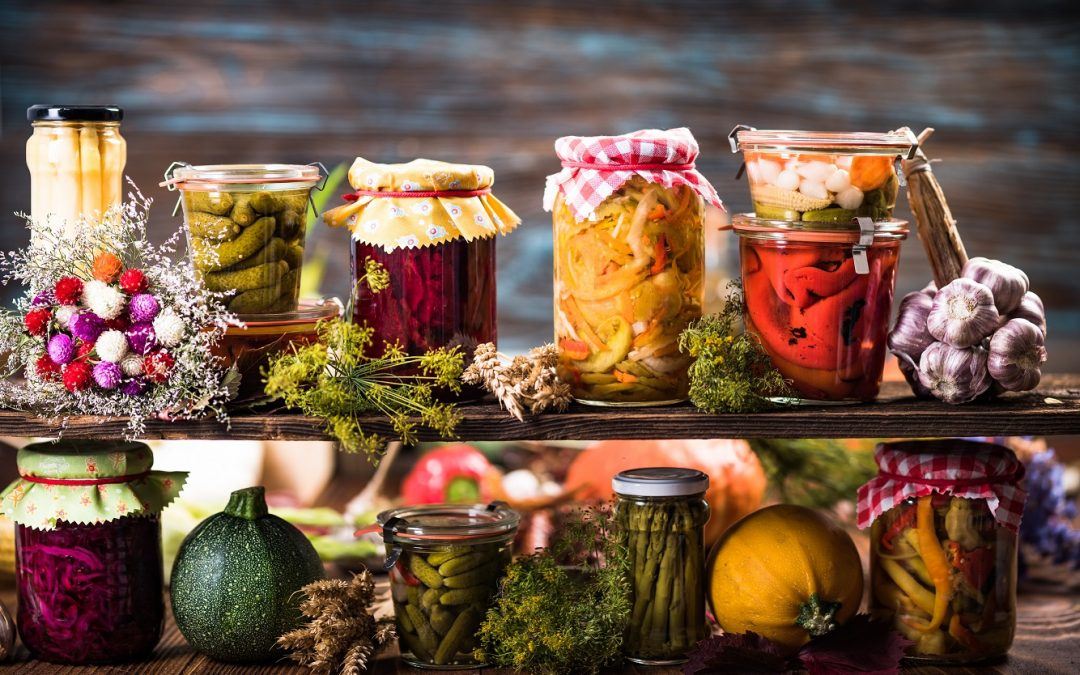Preppers Food Shortage Checklist
It’s commonly believed today that those of us living in the affluent West are somehow immune to the threat of a global food crisis. But, in fact, the security of our food production and distribution systems is precariously fragile.
A global food shortage is very possible. That’s why many people have taken it upon themselves to start a small farm with the help of a loan and secure their food supply.
In this article, we’ll walk you through the steps you need to take in order to organize a secure and accessible emergency food supply.
Finding a Place to Store Your Food Supply
First and foremost, it will be crucial to find an ideal location where you can store your emergency food supply. The ideal conditions for a food storage site are:
- Dry and protected from moisture
- Not too warm (50-55 degrees, ideally)
- Lockable and secure
Basements, for example, tend to be ideal places to establish your emergency food supply.
What to Include in Your Emergency Food Supply
As a general rule, you should always prioritize stocking up on canned and other nonperishable goods – and of course, lots of water. It’s also important to store some high-quality multivitamins, because canned foods by and large won’t be able to provide you with the essentials that your body needs to remain healthy over a long period of time.
Here are some examples of foods that we recommend starting out with:
- Peanut butter
- Dried fruit
- Nuts and trail mix
- Canned soups, beans, and chili
- Powdered milk
- Protein bars
- Canned vegetables (carrots, beets, peas, etc.)
- Canned meat (chicken, tuna, turkey, etc.)
Get Connected With Small Farm Loans Today!
At MSF Agriculture, we’ll help you to navigate the process of securing a loan for your small farming operation. Contact one of our loan officers today to get started!

